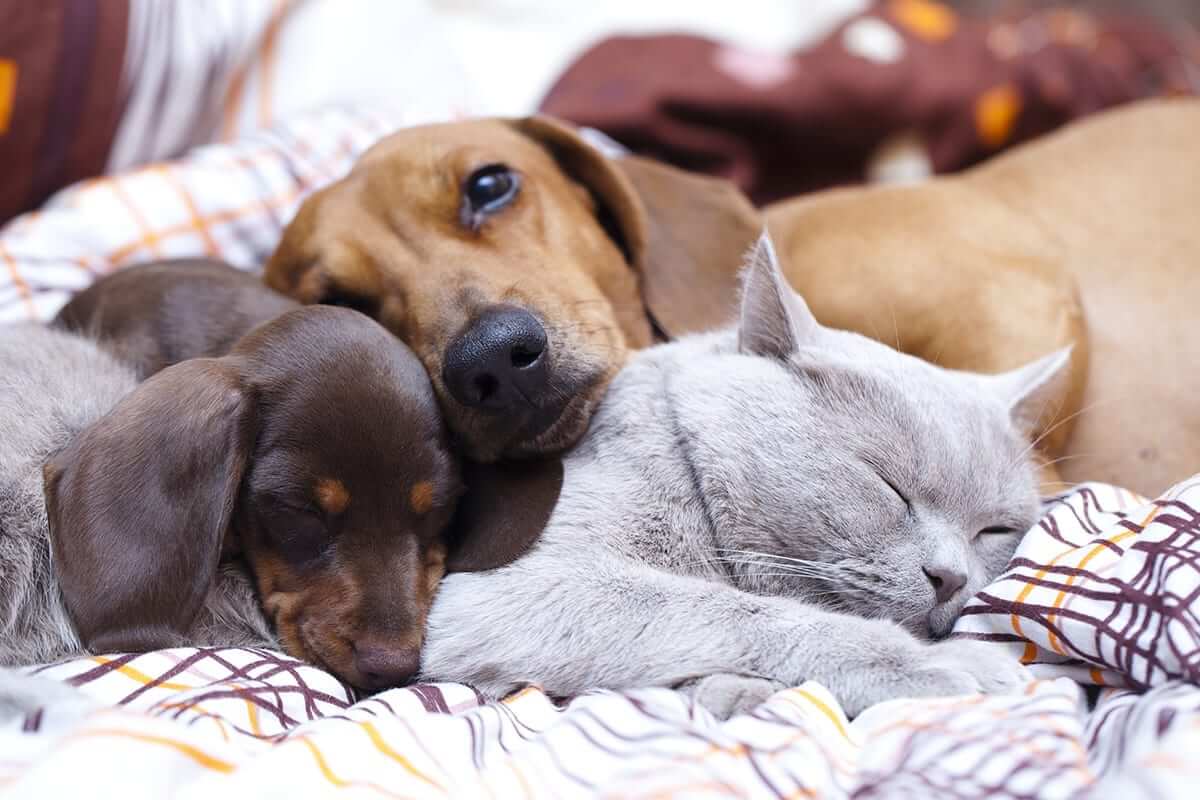I’ve filled in as a “relief veterinarian” at many clinics during the course of my career. I have worked with vets who are very aggressive with diagnostics and others who are somewhat relaxed in their approach to a pet that is straining to urinate.
At one hospital where I worked, a client was barely able to go in for a simple first offense urinary tract infection without that veterinarian running a urinalysis, a urine culture and abdominal x-rays. It was a thorough yet expensive approach. At another clinic, the veterinarian rarely bothered to even run a urinalysis before sending the pet out the door with antibiotic. Because diabetic pets are at higher risk of urinary tract infections, I thought this would be a great topic for our newsletter. I want our clients to have a basic understanding of lower urinary tract disease (LUTD) and the quirks of canine and feline LUTD.
It is my strong impression that our ADW clientele and readers are more involved and interactive with their pet’s medical management than the average pet owner. Diabetics are clearly predisposed to bacterial urinary tract infections due to the sugar in the urine, but bacterial infections are just one of cause of LUTD. This week we will discuss LUTD in general, and next week we will focus in on cats in particular as they oftentimes have signs of LUTD without a clear underlying reason.
Urinary tract infections
Bladder infections occur more commonly in female dogs and cats than in males. It’s the proximity of their anatomy. To put it bluntly, a female’s private bits are closer to the rear end than in a male of the species. And now for the big differences: feline bladder stones are typically (but not always) sterile whereas bladder stones in dogs often have bacteria embedded in them. Finally, the incidence of bladder infections is much higher in dogs than in cats. One study suggested that 14% of all dogs will have a bacterial urinary tract infection sometime during their lifetime. Only 1 to 2% of cats under 10 years of age who show signs of LUTD will have a bacterial infection as the cause. One theory behind the lower incidence of bacterial infections in young cats is their ability to form super concentrated urine. As cats get older and lose their ability to make such concentrated urine, the incidence of bacterial urinary tract infection rises.
Obesity is linked with a higher incidence of LUTD in both dogs and cats. Though cause and effect is unclear, it is one more reason to strive for proper body condition for our pets. I personally have treated obese female dogs whose fat folds around the vulva have predisposed them to bacterial urinary tract infections. One of these patients in particular battled with UTIs repeatedly until I had the owner bring her in monthly for me to clip the fur around her vulva and had him clean the area several times per week with antiseptic wipes.
Bladder stones
Struvite stones are the most common stone in dogs and cats, followed closely by calcium oxalate stones. The incidence of Struvite stones and crystals in cats used to be much higher until pet food companies purposely decreased the pH of many commercial cat foods to decrease the risk of struvites. Struvite stones can be dissolved with dissolution diets whereas there is no diet available to dissolve calcium oxalate stones. Calcium oxalate stones require surgical removal or laser lithotripsy.
Struvite stones in dogs usually form due to a bladder infection and thus have bacteria embedded in these stones. Therefore, a dog must be on antibiotics until a struvite stone is dissolved. Struvite stones can form in as little as 2 weeks but may take months to dissolve. Typically veterinarians repeat radiographs monthly during dietary dissolution until the struvite stone is gone. Struvite stones in cats are most often sterile, so medical dissolution doesn’t usually require that the cat stay on antibiotic until it is dissolved.
There are other types of stones and crystals. Not all stones are radiographically evident, but struvite and calcium oxalate (the 2 most common stones) do show up on xrays. Some breeds of dogs and cats are predisposed to particular crystals and stones. Some metabolic disorders increase the likelihood of a various crystal formation. If we find crystals on a urinalysis, we suspect that the stone may be of the same composition, but the only way to know is to submit the stone for analysis once it has passed or has been surgically removed. If we choose to attempt dietary dissolution of a stone, we can’t assure pet owners that it will work. Some large referral hospitals (most often veterinary teaching hospitals) offer laser lithotripsy for medium to larger sized pets. That’s using a combination of endoscopy and a laser to go up into the urethra and bladder to zap stones into smaller pieces and remove them.
Regardless of the type of stone present, we encourage pet owners to feed canned food if the pet is predisposed to bladder crystals or stones. It’s simple chemistry: Solutes are less likely to fall out of solution (the urine) when the solution is dilute. If a pet isn’t a big drinker, pet owners can make the food into a gruel consistency to increase water consumption. Some dogs love ice cubes. Many cats like running water, and there are commercially available kitty water fountains.
Next week we will discuss feline lower urinary tract disease (FLUTD). Cats are particularly vexing to veterinarians with this disease which necessitates another newsletter.







Leave A Comment